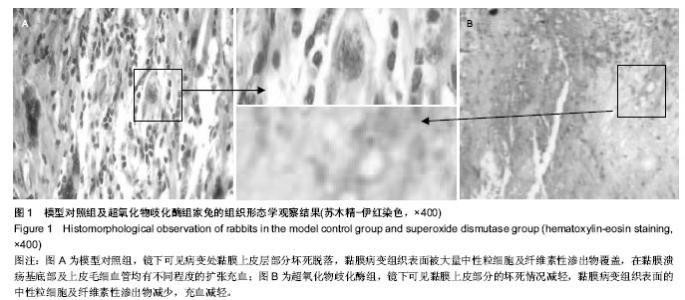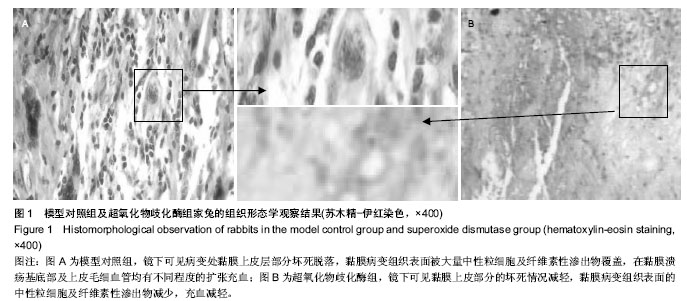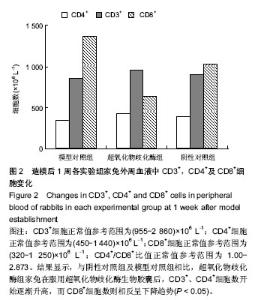| [1] 谢柏岚,郭玉洁.蜂胶液治疗复发性阿弗他溃疡的效果观察[J].全科护理,2012,10(10):2611.
[2] 刘洁.局部使用氨来呫诺口腔贴片治疗轻型复发性阿弗他溃疡的短期疗效及安全性观察[D].四川大学,2005.
[3] 孙勤国,江波,崔晓燕,等.口疡清方对复发性口腔溃疡模型大鼠免疫功能的研究[J].中西医结合研究,2013,5(2):66-68.
[4] 刘宁,郭静,王芝,等.复发性口腔溃疡病因分析及体会[J].山西医药杂志,2012,41(11):1140.
[5] 吴国荣.复发性口疮的病因病机及中医治疗探析[J].吉林中医药, 2010,30(4):292-294.
[6] 何巍,秦红霞,高黎,等.复发性口疮超氧化物歧化酶和细胞免疫功能改变及意义[J].医药论坛杂志,2005,26(1):17-18.
[7] 张春旭,左海宁,杨丽莉,等.龙胆清热颗粒治疗复发性口腔溃疡前后血清中超氧化物歧化酶活性及MDA含量改变的研究[J].河北中医药学报,2012,27(2):7-8.
[8] 宁小宁.复发性口腔溃疡治疗及病因分析[J].中国现代药物应用, 2013,7(9):26-27.
[9] 张春旭,刘海容,韩立燕,等.龙胆清热颗粒对复发性口腔溃疡大鼠模型的影响[J].新中医,2012,44(6):160-162.
[10] 陈海光,叶丹杰. 氧自由基及其清除剂[J].仲恺农业技术学院学报,2002,15(1):53-60.
[11] 孙琛.云南白药联合碘甘油治疗复发性口腔溃疡50例临床观察[J].浙江中医杂志,2014,49(2):154.
[12] 朱月,马金莲. 真菌多糖对氧自由基的清除作用[J].赤峰学院学报,2013,29(9):9-12.
[13] 李云捷,陈列芹,邓家庆. 玉米花粉多糖对自由基清除作用的研究[J]. 德州学院学报, 2011,27(4):52-55.
[14] 赵贺华.氧自由基的概念与临床医学的意义[J].中国保健营养(下旬刊),2013,23(1):73.
[15] 袁秀梅,齐发梅,司玉春,等.超氧化物歧化酶在疾病检测中的临床价值[J].国际检验医学杂志,2013,34(10):1236-1237.
[16] 徐靖.超氧化物歧化酶及其应用的研究进展[J].食品工业科技, 2013, 34(12):387-391.
[17] 康力.口腔溃疡的治疗方法探讨[J].华章, 2012, 7(15):321.
[18] 宋楠,刘帆.复发性口腔溃疡大鼠动物模型的建立[J].黑龙江医药科学,2009,32(6):16.
[19] 张燕,刘文娟,王弘轶,等.复发性口腔溃疡免疫病因学相关研究[J].现代免疫学,2012,32(5):434-437.
[20] 晁春娥.复发性口腔溃疡发病机制与治疗的临床研究[J].中国当代医药,2010,17(3):16-17.
[21] 李源媛,王新文.复发性口腔溃疡的治疗研究进展[J].中国实验方剂学杂志,2011,17(11):270-273.
[22] 赵瑞泉.复发性口腔溃疡的治疗现状[J].慢性病学杂志,2013, 14(6):465-467.
[23] 李秀荣.复发性口腔溃疡的临床诊治探析[J].吉林医学,2014, 35(1):59-60.
[24] 高斌,高洪.氧自由基与细胞损伤[J].动物医学进展,2002, 23(5): 34-36.
[25] 龚灵芝, 陈小连,徐建雄.微生物源性抗氧化剂对高不饱和脂肪酸饲料致大鼠自由基损伤模型的影响[J]. 饲料工业,2008, 29(20): 32-34.
[26] 陈珊,程熠,刘全.超氧化物歧化酶的生物学效应和在血管性疾病中的作用[J].中国老年学杂志,2013,33(4):981-984.
[27] 朱秀敏.超氧化物歧化酶的生理活性[J].当代医学,2011,17(15): 26-27.
[28] 董亮,何永志,王远亮,等.超氧化物歧化酶的应用研究进展[J].中国农业科技导报,2013,15(5):53-58.
[29] 周传凤,范金成,陆燕.外源超氧化物歧化酶对人体机能影响的研究进展[J].宁夏农林科技,2012,53(7):76-77,83.
[30] 朱希强,袁勤生.超氧化物歧化酶口腔膜剂的研制及对口腔黏膜溃疡的治疗作用[J].华东理工大学学报(自然科学版),2005, 31(4): 442-445. |



